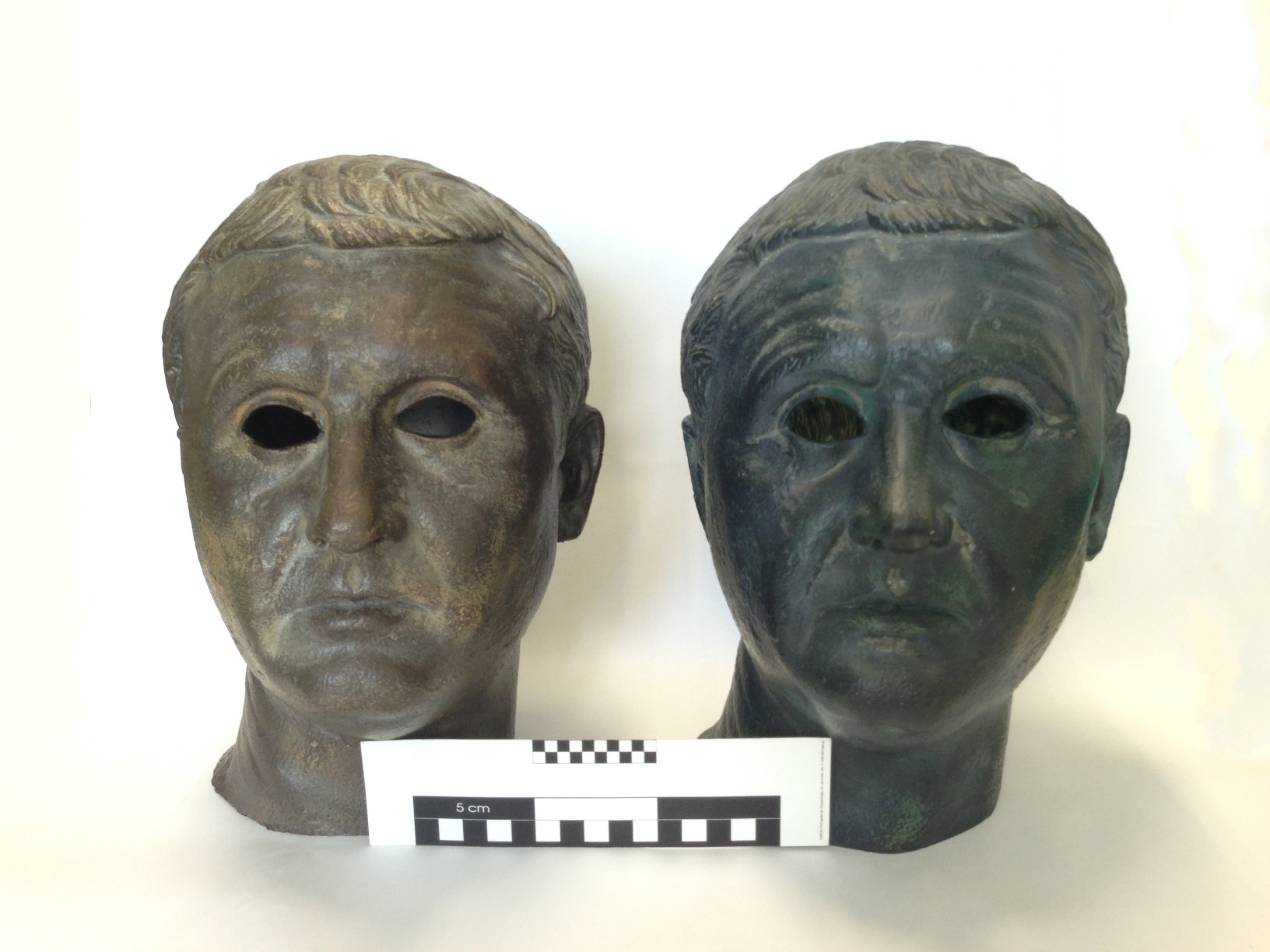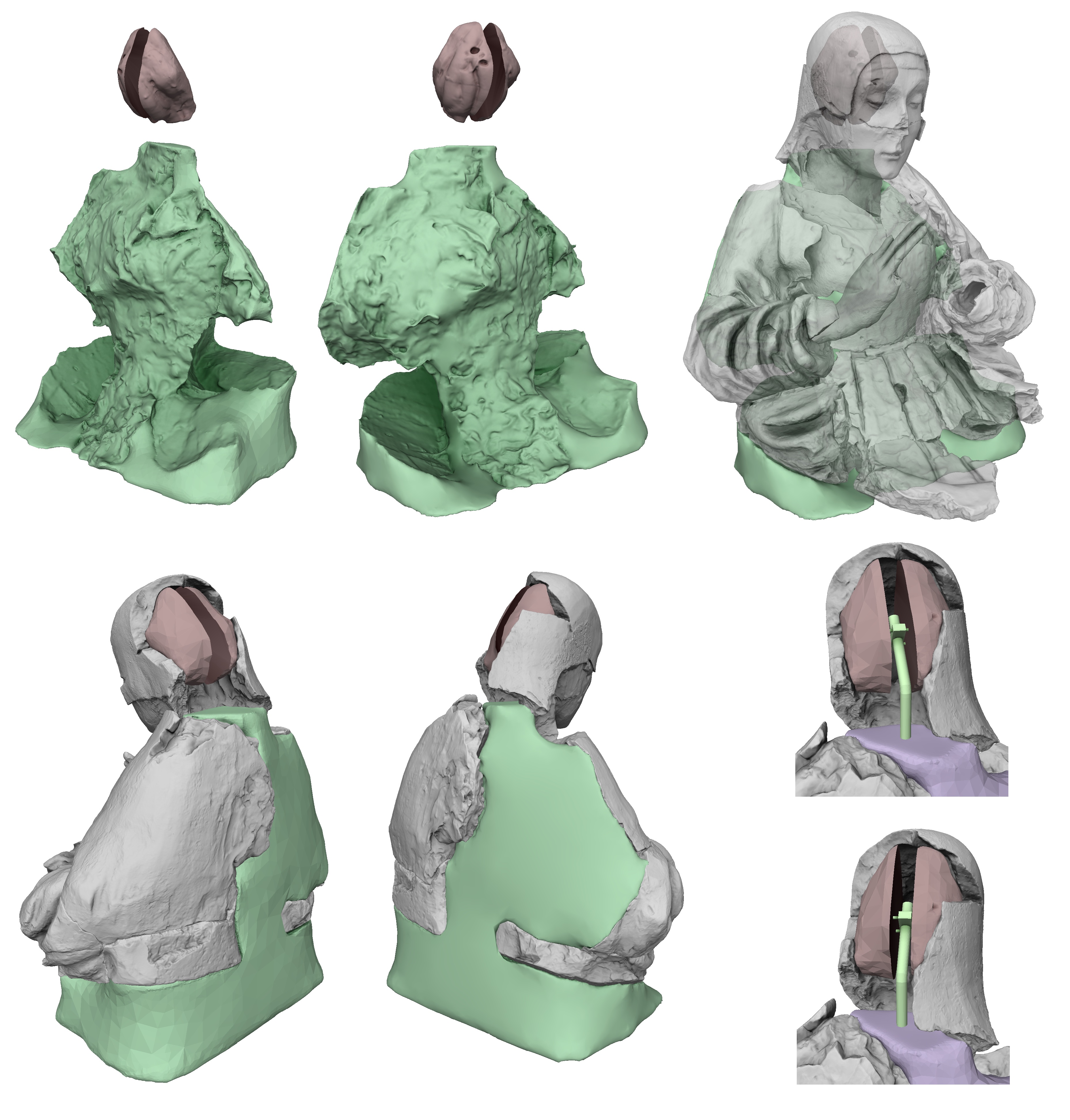
Abstract
Digital fabrication devices exploit basic technologies in order to create tangible reproductions of 3D digital models. Although current 3D printing pipelines still suffer from several restrictions, accuracy in reproduction has reached an excellent level. The manufacturing industry has been the main domain of 3D printing applications over the last decade. Digital fabrication techniques have also been demonstrated to be effective in many other contexts, including the consumer domain. The Cultural Heritage is one of the new application contexts and is an ideal domain to test the flexibility and quality of this new technology. This survey overviews the various fabrication technologies, discussing their strengths, limitations, and costs. Various successful uses of 3D printing in the Cultural Heritage are analysed, which should also be useful for other application contexts. We review works that have attempted to extend fabrication technologies in order to deal with the specific issues in the use of digital fabrication in the Cultural Heritage. Finally, we also propose areas for future research.


